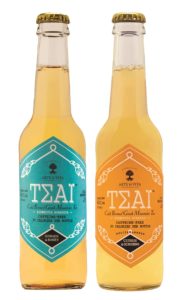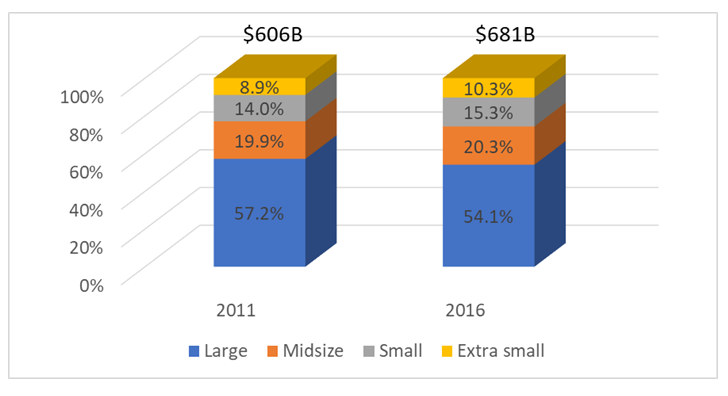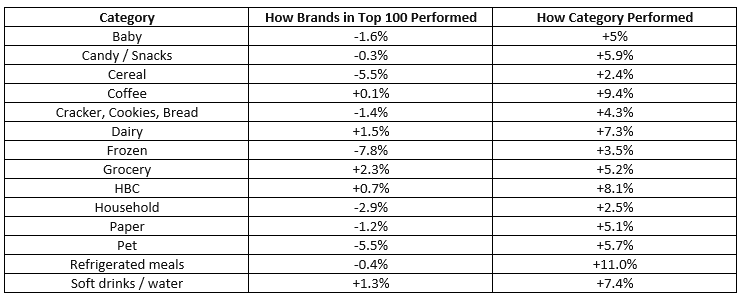“THE RISE AND SUCCESS OF NICHE FOOD BRANDS – STEALING MARKET SHARE FROM BRAND ICONS”!
Big, national food companies have been the main players in the food industry for many years, making up most of the market share and taking up the majority of supermarket shelves. Whether it be carbonated soft drinks to snacks, the choice came down to Coke or Pepsi, Frito Lay or Humpty Dumpty. Today, times have changed. As the healthy, natural, clean-eating movement continues to take shape, it’s leaving the industry open for niche food companies to swoop in and stake their claim.
This TΣAI cold-brewed and sparkling Greek Mountain Tea beverage is brought to consumers by two entrepreneurs who conceived ArtiZan Fine Foods. Launched in Quebec this past spring, this beverage is unique. It is the first carbonated tea of its kind as it is cold brewed, naturally caffeine-free, made with natural spring water, and contains only 30 calories per (275 ml) bottle. Just one example of what health conscious consumers seek in place of icons from the past.
“Welcome to the Rise and Success of Niche Food Brands – Stealing Market Share from Icons”.

www.artizanfinefoods.com/organic-greek-mountain-tea
Today’s consumers want healthy, natural food and beverage options, and millennials, in particular, prefer authentic to mass-produced goods. As the industry evolves, consumers whose perceptions of health have changed are more impassioned about food purchase decisions command these trends. Niche brands are meeting these needs and stealing market share away from bigger brands. This is no more evident than in North America in which about $22B in industry sales have shifted from large to smaller companies from 2011 to 2016 as outlined in Chart 1. Europe has experienced a similar shift.
Chart 1
Smaller Companies are Taking Share from their Larger Peers

In terms of business sales growth, the ‘extra small’ brands continue to lead the pact with sales jumping 5.3% over the 5-year period commencing in 2011. Over the same period, sales growth for large companies increased by only 1.2%. This trend is prevalent through most categories. In a study undertaken by Catalina, of the 14 categories they analyzed, in all instances sales growth for brands in the Top 100 did not exceed category growth as outlined in Table 1.
Table 1
Sales Change for Brands Sold in Stores, P/E June 2015

So, what is driving the growth for niche food brands? It is being spurred by:
- Millennials who rebel hard against old brands. They crave slick, cool new micro-brand names.
- Consumers, especially young consumers’ desire for less processed, simpler foods.
- Transparency! Simpler, cleaner ingredients, and their source. In particular, local sourced ingredients.
- Niche Brands have exploited social media and found ways to engage and communicate with consumers in new ways, accelerating adoption of the viral, personalized experience.
David vs. Goliath is not just a narrative in the Book of Samuel, it is reality in the food sector. Niche food brands are winning the food battle against bigger, established brands. By challenging the status quo, listening to and engaging in conversation with their customer, food entrepreneurs have become foods game changers. As noted by Mr. Shawn O’Neil – Vice President, Global Marketing and Analytics, Unilever:
“I am not losing market share to P&G and other CPG companies. I am losing it to small players who are finding niche products”.
“Have a dream to enter the food sector? “Follow your heart, it won’t lead you astray”.





